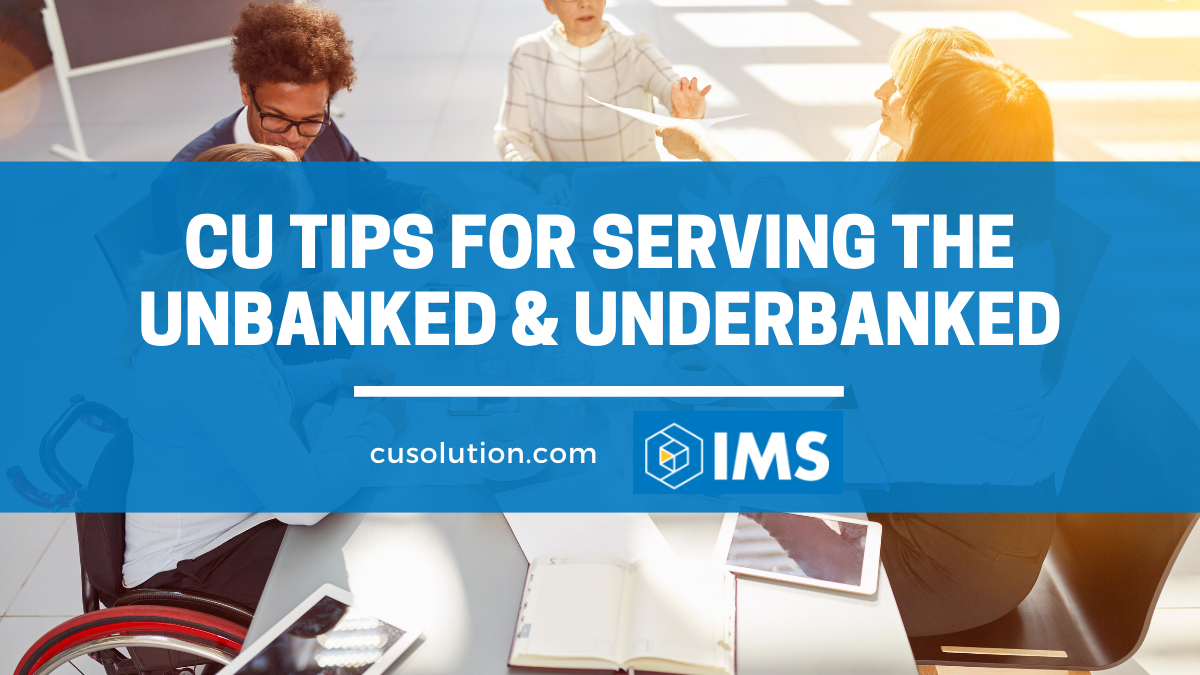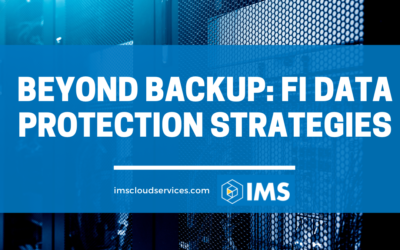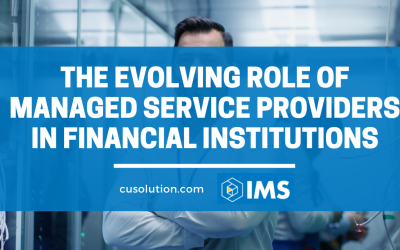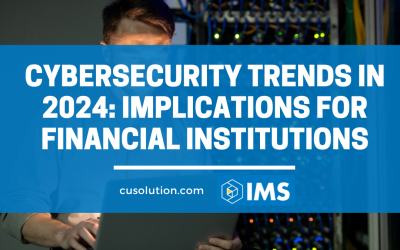The Federal Reserve has reported that 22% of US adults are unbanked or underbanked. And one of the top reasons Americans report not wanting to put their financial assets into the hands of banks and credit unions is because they don’t trust them.
But this puts credit unions at an advantage over big banks – many Americans struggle with brand trust, especially with for-profit brands. Credit unions are financial institutions that only exist to serve specific communities, industries, and areas. Here are some tips for using your credit union to better serve the unbanked and underbanked.
Build from Your Foundation
As we mentioned, credit unions are built on brand trust – they are non-profit organizations owned by their members.
The first thing you should be doing is educating your communities (both in-person and online) about these advantages. It’s hard for the unbanked and underbanked to have the same trust issues with your credit unions when they, as members, are the owners and primary beneficiaries of your products and services. As more and more people become distrustful of big business, it’s important to remind your members and non-members alike that you are here for them.
Regain Market Share from Payday Lenders
According to a recent article from the Credit Union Times, unsecured consumer loans account for less than 10% of credit union’s loan portfolios, but make up 100% of the portfolios for payday lenders. The article posits, “one could argue that payday lenders are already making more money serving the underbanked than credit unions serving the banked in the same product category.”
By using your recently-implemented online products and services at your credit union, you could take back this market share and still make a good profit, even by offering loans that cap at 18% APR. Compared to the 400-500% being charged by payday lenders, this not only can help you generate more business for your credit union, but it also offers unbanked and underbanked individuals a great opportunity to start building brand trust. This could even lead to more of these people choosing to become members of your credit union.
Focus on the Needs of Low-Income Communities
Most unbanked and underbanked individuals are found in lower-income communities. While that community may only be a part of the areas you serve, it’s still important to create connections within it.
A great way to foster those connections is to partner with local non-profits. These organizations operate as food banks, community centers, minority-led professional associations, and other businesses.
Focus on creating business relationships with non-profits that can help you grow your membership while you help them get their products and services more attention.
You can offer financial literacy and education classes at local community centers or set up a booth at a community event to offer quick budgeting consultations to underbanked and unbanked individuals. And then you can put out donation jars or other marketing materials from your non-profit partner. You can also feature them at your next community event or become a sponsor for their next program.
Part of expanding your services to the unbanked and underbanked is meeting them where they are.
Re-Examine Your Minimums and Other Fees
According to a detailed paper from The Clearing House, thee of the top four cited reasons people do not have a bank account include:
- Not having enough money to meet the minimum balance requirements
- Don’t trust banks
- Bank fees are too high
These issues have the potential to be solved through a re-examination of your credit union’s current fees, minimum requirements, and other potential barriers to entry.
The unpredictability of these fees also drives away the unbanked and underbanked. In a study cited by the paper, one of the main reasons people choose payday lenders (whose services virtually always cost more to use than a bank or credit union) is because many check-cashing customers “preferred to pay predictable flat fees they understand, rather than incur unexpected charges.”
Simplicity and transparency are worth more than stability in their finances. These brand trust issues run deeply through the unbanked and underbanked, and that distrust has to be addressed by your credit union if you hope to grow your membership.
Use Your Expertise & Assets to Educate
Part of what keeps people unbanked and underbanked is the distrust in the motives of financial institutions. Historically, those with fewer or less reliable assets are preyed upon by banks who look to hike interest rates as well as other penalties and fees. This creates a cycle that keeps unbanked and underbanked individuals in their current situation. And partnering with a bank that doesn’t have their best interests in mind only perpetuates and exacerbates the debt cycle for these people.
To help bridge the gaps between your credit union and the unbanked and underbanked populations, you can use your expertise, educational resources, and online assets to create connections with these individuals.
Even just running a few marketing campaigns online and via social media could pull in new prospects that have unique needs your credit union is already able to assist with.
Next-Level Credit Union Solutions
Unbanked and underbanked individuals may not bring record-breaking cash amounts into your business, but it’s important to serve this subset of your community to create more diversity in your membership. It’s also a great way to show your members that serving them, in any capacity, is your credit union’s top priority.
When serving your members is your main concern, it’s easy to push other things aside, like data management, backups, and disaster recovery, or IaaS. At IMS, we are created to provide you with the private cloud services you need to keep your operations running smoothly. IMS uses the premier backup solution for credit unions, which can give you peace of mind as you work to improve your credit union for your staff and your members.



